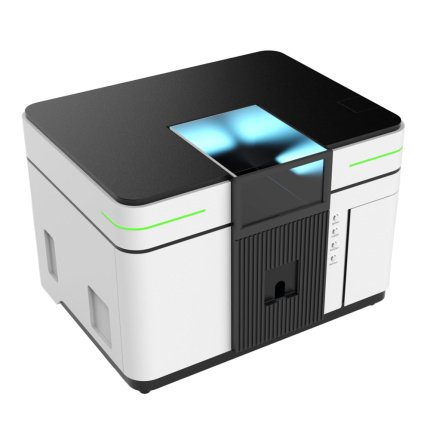

Standard Shipment
3 - 5 working days
IMPORTS
6 - 8 Weeks


R69.50Liter
99% ethanol, also known as ethyl alcohol, is a colorless, volatile liquid with a characteristic odor.
| Weight | 1.0 kg |
|---|---|
| Dimensions | 9 × 9 × 23 cm |
Understanding 99% Ethanol: Properties and Uses
99% ethanol, or ethyl alcohol, is a highly pure, colorless, volatile liquid with the molecular formula C₂H₅OH. Its high volatility allows for rapid evaporation, making it ideal for applications like quick drying and solvent extraction. In laboratories, 99% ethanol is commonly used as:
The minimal presence of water and contaminants in 99% ethanol is crucial for maintaining experimental accuracy, ensuring its widespread use in laboratory settings.
Best Practices for Handling and Storing Ethanol
Proper safety and storage practices are essential when using ethanol. Key guidelines include:
Regular cleaning and proper spill management enhance laboratory safety and efficiency, ensuring safe handling of ethanol.


3 - 5 working days
6 - 8 Weeks
No account yet?
Create an AccountWe use cookies to provide you with the best possible web experience. Clearing cookies may limit your banking functionality. Some cookies are strictly necessary for our website to function properly and cannot be switched off. To maintain these settings view "Cookie Preferences" in the menu